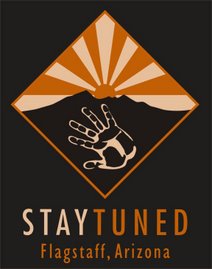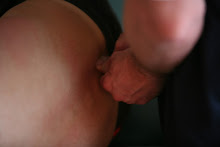When I look at the mechanics of what is commonly the cause of this condition I see a few factors coming into play.
First off, this is not a condition that is solely seen at the racket club and on the courts. Lateral epicondylitis is often seen with wrench turners, bakers, massage therapists, sign language interpreters, and so on. Any body whose lifestyle requires them to repetitively flex the forearm is at risk for this pesky pain generator. To be fair, racket sports beat the hell out of these tissues, on the back hand, if they are weak!
Here's the deal...I have found this to be true in 90% of my clients. Weak.
The fix...balance. Oh balance, what a concept. Aside from work and sport, we were gifted with all sorts of other interest and ability. Bike riding for lesier or transport, car driving, dishes washed, weeding the garden, holding young ones, typing a blog, we use our forearm flexors to do nearly all we do. Enough of that.....
The fix...strengthen the opposing muscle group. Stretch the tight line, strengthen the weak line. The following images demonstrate a few simple daily techniques to stop this potentially lifestyle altering, and oftentimes painful epidemic.
Stretch the tight line...
So whats the problem? Is that a tight muscle, a joint problem, or a weakness?

 Stretching the flexor muscles of the forearm, in some schools of thought, will reciprocally strengthen the extensors of the forearm. Be sure you are stretching all the way out from the fingertips as is shown in the above image.
Stretching the flexor muscles of the forearm, in some schools of thought, will reciprocally strengthen the extensors of the forearm. Be sure you are stretching all the way out from the fingertips as is shown in the above image.

